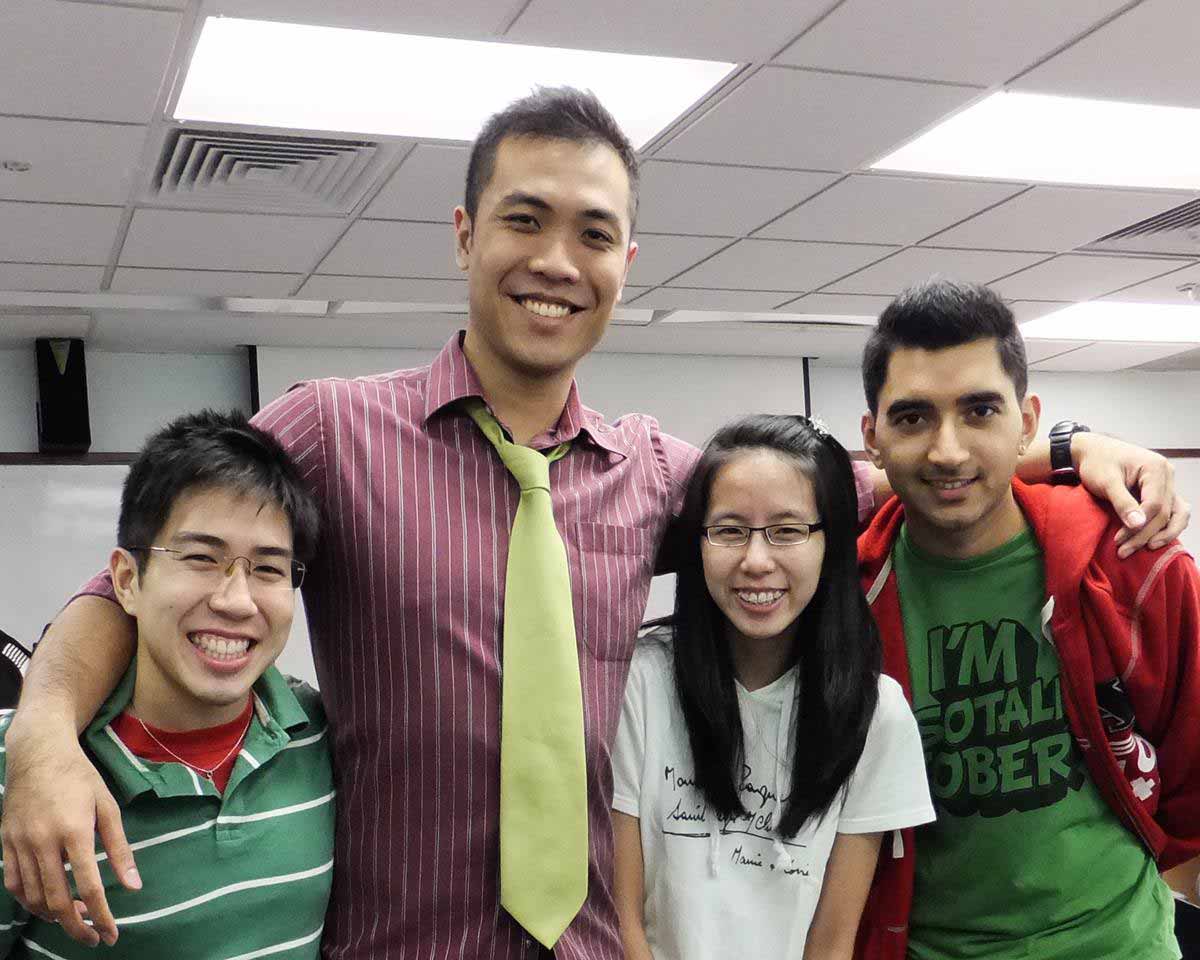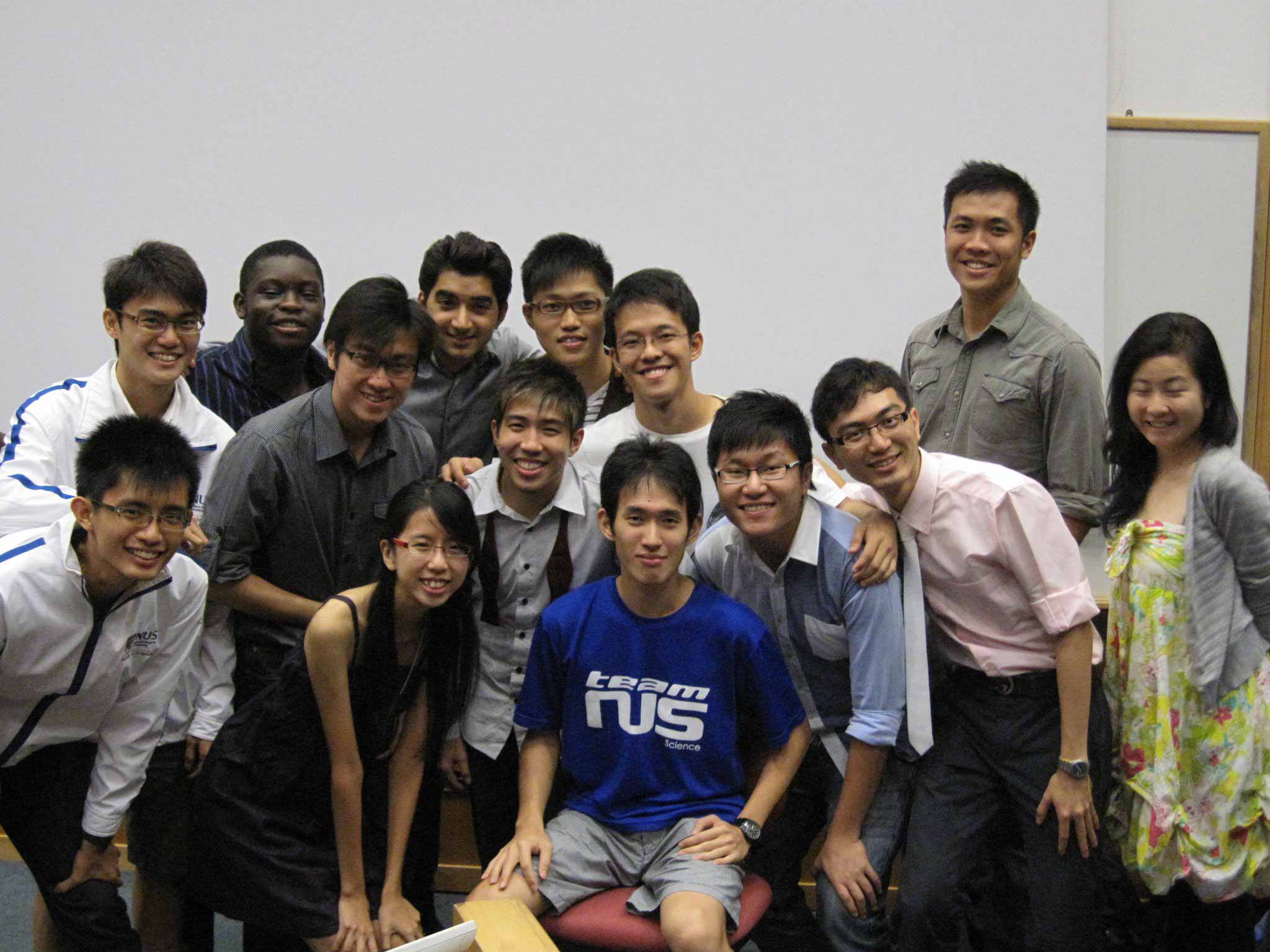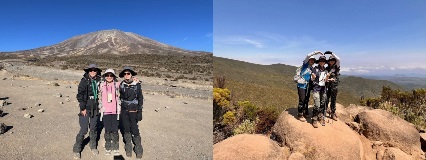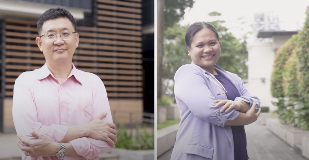Headshot, credit: NASA Goddard Photography Society
As a young girl fascinated by space and science, Dr Yeo Li Hsia (’13) found herself drawn to her local library in the Ang Mo Kio neighbourhood, where she borrowed every Sir Arthur C Clarke book the shelves had to offer. With each turn of the page, she traversed the author’s captivating world of space travel and science exploration.
Little did she know that the science fiction she loved was a prelude to her future, and her childhood fantasy would one day become a reality. Today, Dr Yeo works at the National Aeronautics and Space Administration (NASA), where her research contributes towards landing the first woman and first person of colour on the moon.
“I never really thought that doing space work was actually feasible. I guess I always associated it with fiction and far-off fantasy worlds, so it was never a field of work I explicitly strived towards. But life takes you in strange directions, and here I am doing what I love every single day,” she shared.
Based at the NASA Goddard Space Flight Center in the United States, Dr Yeo relishes the daily challenge of pushing the boundaries of technology to advance science. In her quest to answer important questions about the solar system, she conducts experiments on lunar dust collected more than 50 years ago during the Apollo era — when Neil Armstrong was the first human to step on the moon. She aims to recreate the harsh conditions of the moon in the laboratory, to understand the fundamental physical processes taking place on the celestial body.
From an avid sci-fi enthusiast to a NASA planetary scientist, Dr Yeo’s remarkable journey can be traced back to her formative school days. She was introduced to the mind-boggling concepts of relativity and quantum mechanics in secondary school by National University of Singapore (NUS) Professor Phil Chan. His illuminating course on modern physics ignited a sense of curiosity and excitement for science in her, which she still carries today.
Choosing to major in physics at NUS, she found herself amid a community of like-minded mentors and peers. She feels fortunate to have studied alongside schoolmates-turned-friends and is grateful for invaluable research opportunities given by academics Dr Chang Chew Wai and Professor Andrivo Rusydi.
A colour-coordinated day in the classroom with some of my closest NUS physics friends.
Bonding with my NUS Physics batchmates.
Reflecting on her transformative experience, she said: “After completing my first project with Dr Chang, I distinctly remember the feeling of having contributed just a tiny bit of knowledge to humanity, and how wonderful and meaningful that felt to me. I also remember being at the beamline at the synchrotron and listening to all the pumps and valves around me, knowing through experience which equipment each squeak and hiss came from – that’s how I knew that experimental research was for me.”
With her heart set on delving deeper into science and its wonders, she decided to pursue a PhD in physics at the University of Colorado, Boulder. She ended up doing a pivotal stint at a laboratory investigating dust in space, which was run by Dr Mihály Horányi.
She said: “My advisor Dr Mihály encouraged me to apply to the NASA Postdoctoral Program fellowship. It was a long shot, but I’m glad I tried. The process involves coming up with a research proposal that you submit to NASA. If they like it, they agree to fund you for a couple of years to work at a NASA center.”
With my PhD advisor Mihály Horányi in front of the Colorado Solar Wind Experiment, which I worked on for many years.
The long shot paid off and she was awarded the fellowship in 2022. What followed the good news wasn’t a celebration, but a frantic logistic scramble to move from Colorado to Maryland. Together with her partner Lewis, she fondly remembers driving across the country in a pickup truck with their bees and chickens in tow.
Blessed to have a supportive spouse by her side, Dr Yeo finds herself empowered to reach for the stars in her career. Despite significant strides made by women in the science, technology, engineering, and mathematics (STEM) fields, persistent biases and barriers continue to obstruct their career growth and success.
Demonstrating an experimental plasma device at NASA Goddard.
The challenges facing women in science today may be more subtle than those faced by previous generations, but they remain pervasive and powerful.
“We are getting better at identifying outright abusive behaviour within the community. Unfortunately, that means that it is often the little things, such as comments that can be interpreted multiple ways, that can add up and make a woman feel like she doesn’t belong,” Dr Yeo shared.
“Some incidents that stick in my mind include being hit on by a senior scientist as an undergrad, being told my presentation style was too “girly” during grad school, and being advised by well-meaning elders to avoid a science career as I would be too busy to take care of my future husband or children. That isn’t to say that straight-up sexist behaviour has been eliminated – a friend of mine, for instance, was told she would never amount to anything in science because she was a woman,” she elaborated.
In addition, structural inequalities lie within the system. A stark wage gap still exists, as women in STEM are generally paid less than their male counterparts. The inflexible working arrangement poses a hurdle for working mums. An eight-year-long study found that almost half of the women in science jobs leave or opt for part-time work after having children, as compared to nearly one-quarter of men who become fathers. Addressing these systemic issues would go a long way in helping more women stay in the field, emphasised Dr Yeo.
Still, Dr Yeo remains optimistic about an inclusive and equitable scientific community. She counts herself fortunate to be surrounded by many women scientists at NASA whom she greatly admires. She said: “Being able to interact and collaborate with fellow women scientists daily, and seeing many women in leadership positions around me, gives me hope that the future is bright for women in science.”
As a Singaporean female scientist flying high at NASA, Dr Yeo embodies the very essence of a role model in her own right. When asked about her advice for aspiring female scientists and researchers, she encourages them to fearlessly pose questions, seize opportunities and cultivate a supportive community.
“What worked for me is being curious and not being afraid to look silly by asking questions when I have trouble understanding something. You’ve got to have a bit of a thick skin. I also think it’s important to be open to new opportunities and ideas as they arise. Finally, find and develop a community around you and support each other. Humans need other humans!” shared Dr Yeo.
The success of Singapore in the realm of science hinges on its people — including visionary donors who invest in our education system, and tireless advocates who champion and celebrate women in STEM. Together, the collective effort of generous individuals and organisations emboldens scientific talents to shoot for the moon and attain greater heights.
“I would love to see Singapore develop itself as a leader in space – an exciting frontier that has so much untapped potential. To be at the very cutting edge of a field, investment in pure research is absolutely necessary. It takes a lot of time, resources, and failure to develop expertise in a topic, and so we need as many smart and dedicated people who are willing to join the effort, no matter their background or gender,” Dr Yeo concluded, sharing her hopes for the future of women in STEM.










